Home>Gardening & Outdoor>Garden Tools & Equipment>What Is A Self-Propelled Lawnmower
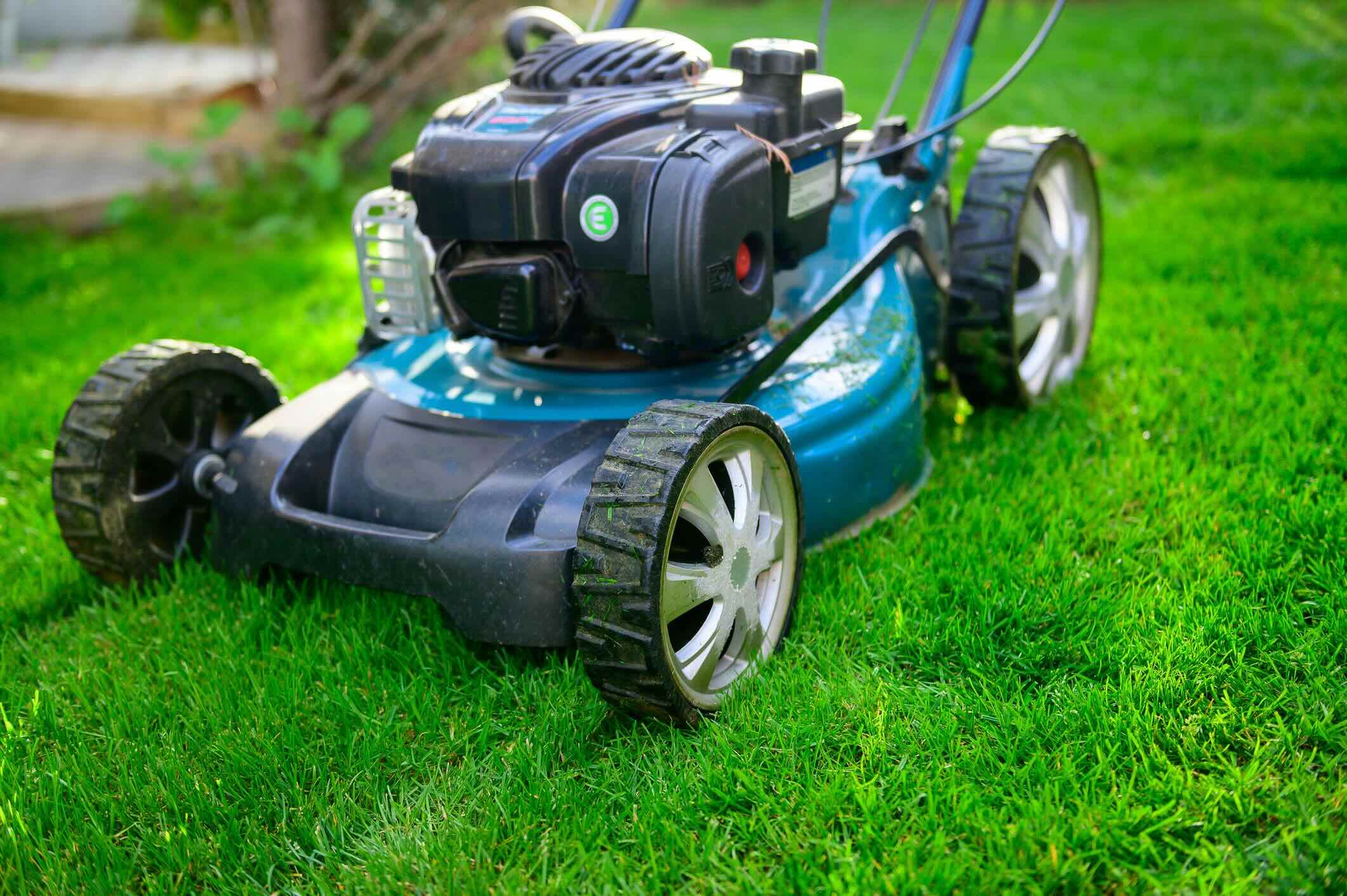

Garden Tools & Equipment
What Is A Self-Propelled Lawnmower
Modified: March 25, 2024
Learn about the benefits of a self-propelled lawnmower and how it can make lawn maintenance easier. Find out why it's a must-have for your garden tools and equipment collection.
(Many of the links in this article redirect to a specific reviewed product. Your purchase of these products through affiliate links helps to generate commission for Storables.com, at no extra cost. Learn more)
Introduction
Welcome to the world of lawn care, where the right tools can make all the difference. If you're a homeowner with a yard to maintain, you understand the importance of having the proper equipment to keep your outdoor space looking its best. One essential tool for lawn maintenance is the self-propelled lawnmower.
In this article, we'll delve into the realm of self-propelled lawnmowers, exploring what they are, how they work, the different types available, their advantages, and important considerations when choosing one. Whether you're a seasoned gardener or a novice looking to take better care of your lawn, understanding the ins and outs of self-propelled lawnmowers can help you make informed decisions and achieve a well-manicured lawn with ease.
So, let's roll up our sleeves and dive into the world of self-propelled lawnmowers, where convenience and efficiency meet to make lawn maintenance a breeze.
Key Takeaways:
- Self-propelled lawnmowers use engine power to move forward, reducing physical effort for users. They come in different types, offering versatile maneuverability and variable speed settings for efficient lawn maintenance.
- When choosing a self-propelled lawnmower, consider yard size, drive system, engine type, cutting width, and ease of operation. These factors ensure optimal performance and a satisfying mowing experience.
Read more: What Is The Best Lawnmower
Definition of a Self-Propelled Lawnmower
A self-propelled lawnmower is a type of lawnmower that is designed to move forward with minimal effort from the user. Unlike push mowers, which rely entirely on the operator’s physical exertion to propel them across the lawn, self-propelled mowers are equipped with a drive system that propels the mower forward, allowing the user to simply guide it in the desired direction.
These mowers are powered by an engine, typically gasoline or electric, which drives the wheels or the cutting blade, or both. The self-propulsion feature significantly reduces the physical effort required to maneuver the mower, making it an ideal choice for individuals with larger yards or those who prefer a more effortless mowing experience.
Self-propelled lawnmowers come in various configurations, including front-wheel, rear-wheel, and all-wheel drive, each offering distinct advantages based on the terrain and user preferences. Additionally, many models offer variable speed settings, allowing users to adjust the pace of the mower to suit their walking speed or the specific conditions of the lawn.
Overall, the defining characteristic of a self-propelled lawnmower is its ability to propel itself forward, easing the burden on the user and making the task of mowing the lawn more efficient and less physically demanding.
How Self-Propelled Lawnmowers Work
Self-propelled lawnmowers operate through a combination of engine power, transmission systems, and drive mechanisms, all working in harmony to propel the mower across the lawn. Understanding the basic principles of their operation can provide insight into the convenience and efficiency they offer.
At the heart of a self-propelled lawnmower is its engine, which generates the power needed to drive the cutting blade and move the mower forward. Gasoline-powered models typically feature a four-stroke engine, while electric models are equipped with an electric motor powered by a rechargeable battery or a corded electrical connection.
The engine or motor is connected to a transmission system, which transfers power to the drive wheels. This transmission system may consist of gears, belts, or a combination of both, depending on the specific design of the mower. When the engine is engaged, it transfers power to the transmission, which, in turn, drives the wheels, propelling the mower forward.
Most self-propelled lawnmowers feature a drive control mechanism that allows the user to engage or disengage the self-propulsion feature. This control may take the form of a lever, a bail, or a button, and it enables the user to activate the propulsion system when mowing and disengage it when maneuvering the mower in tight spaces or when not in use.
Furthermore, self-propelled mowers often offer variable speed settings, allowing users to adjust the pace at which the mower moves. This feature is particularly useful when navigating different lawn conditions or when the user’s walking speed varies. By providing flexibility in speed control, these mowers cater to a wide range of user preferences and mowing scenarios.
Overall, the seamless integration of engine power, transmission systems, and drive mechanisms enables self-propelled lawnmowers to effortlessly move across the lawn, reducing the physical exertion required from the user and streamlining the mowing process.
Types of Self-Propelled Lawnmowers
Self-propelled lawnmowers come in a variety of configurations, each tailored to meet specific user needs and address different lawn conditions. Understanding the different types of self-propelled mowers can help users make informed decisions when selecting the most suitable option for their lawn care requirements.
1. Front-Wheel Drive
Front-wheel drive self-propelled mowers are designed with the drive wheels located at the front of the mower. This configuration offers excellent maneuverability and traction, making it well-suited for level terrain and yards with numerous obstacles, such as trees and flower beds. Front-wheel drive mowers are easy to turn and navigate around tight spaces, providing a high level of control for the user.
Read more: What Is The Best Electric Lawnmower
2. Rear-Wheel Drive
Rear-wheel drive self-propelled mowers feature the drive wheels at the rear of the mower. This design is particularly effective for mowing on uneven or sloped terrain, as the weight of the engine and the user’s body naturally increases traction on the drive wheels. Rear-wheel drive mowers excel at providing stability and traction on challenging surfaces, making them ideal for yards with inclines or rough terrain.
3. All-Wheel Drive
All-wheel drive self-propelled mowers utilize power to all four wheels, offering superior traction and control in various mowing conditions. This configuration is well-suited for properties with diverse terrain, including hills, slopes, and uneven surfaces. All-wheel drive mowers provide enhanced stability and maneuverability, allowing users to tackle challenging landscapes with confidence.
4. Variable Speed Control
Many self-propelled mowers are equipped with variable speed control, allowing users to adjust the pace at which the mower moves. This feature is particularly beneficial when mowing different lawn conditions or when the user’s walking speed varies. By providing flexibility in speed control, these mowers cater to a wide range of user preferences and mowing scenarios.
By offering a range of configurations and features, self-propelled lawnmowers empower users to select the most suitable option for their specific lawn care needs, ensuring efficient and effective mowing results.
Advantages of Self-Propelled Lawnmowers
Self-propelled lawnmowers offer a range of advantages that make them a popular choice for homeowners seeking efficient and convenient lawn maintenance solutions. Understanding the benefits of these mowers can help users appreciate their value and make informed decisions when selecting the most suitable option for their lawn care needs.
Read more: What Type Of Oil Goes In A Lawnmower
1. Reduced Physical Exertion
One of the primary advantages of self-propelled lawnmowers is the reduction in physical effort required from the user. Unlike push mowers, which rely solely on the operator’s strength to propel them across the lawn, self-propelled mowers utilize engine power to move forward, significantly minimizing the physical exertion needed to maneuver the mower. This feature is particularly beneficial for individuals with larger yards or those who prefer a less strenuous mowing experience.
2. Enhanced Efficiency
Self-propelled mowers are designed to streamline the mowing process, allowing users to cover more ground with less effort. By utilizing the propulsion system, these mowers facilitate smooth and efficient mowing, enabling users to achieve well-manicured lawns in less time and with greater ease. The enhanced efficiency of self-propelled mowers makes them a valuable tool for maintaining outdoor spaces with optimal results.
3. Versatile Maneuverability
Self-propelled mowers offer versatile maneuverability, allowing users to navigate various lawn conditions with ease. Whether mowing on level terrain, sloped surfaces, or around obstacles, the drive systems of these mowers provide enhanced control and agility. This versatility enables users to tackle diverse landscapes and achieve consistent mowing results across different areas of their property.
4. Variable Speed Settings
Many self-propelled mowers are equipped with variable speed settings, enabling users to adjust the pace at which the mower moves. This feature allows for customized mowing experiences, catering to different walking speeds and lawn conditions. By offering variable speed control, these mowers empower users to mow at a comfortable pace while maintaining optimal control and precision.
Overall, the advantages of self-propelled lawnmowers, including reduced physical exertion, enhanced efficiency, versatile maneuverability, and variable speed settings, make them a valuable asset for homeowners seeking a convenient and effective solution for maintaining their outdoor spaces.
Read more: What Causes A Lawnmower Engine To Surge
Considerations When Choosing a Self-Propelled Lawnmower
When selecting a self-propelled lawnmower, several key considerations can help homeowners make informed decisions and choose a mower that aligns with their specific lawn care needs and preferences. By evaluating these factors, users can ensure that they invest in a mower that delivers optimal performance and efficiency.
1. Yard Size and Terrain
Assessing the size and terrain of the yard is crucial when choosing a self-propelled lawnmower. For larger yards or properties with uneven terrain, a mower with robust power and traction, such as an all-wheel drive model, may be more suitable. Conversely, smaller yards or level terrain may require a mower with compact dimensions and agile maneuverability, making front-wheel or rear-wheel drive models viable options.
2. Drive System Configuration
Understanding the different drive system configurations, including front-wheel, rear-wheel, and all-wheel drive, is essential for selecting a mower that aligns with specific user preferences and lawn conditions. Each drive system offers distinct advantages, such as enhanced maneuverability, stability, and traction, catering to different mowing scenarios and user requirements.
3. Engine Type and Power
The type of engine, whether gasoline or electric, and its power output are important considerations when choosing a self-propelled lawnmower. Gasoline engines are known for their robust performance and extended run times, while electric models offer quieter operation and reduced maintenance. Assessing the power output of the engine ensures that the mower can effectively handle the demands of the user’s lawn and terrain.
Read more: How To Winterize A Lawnmower
4. Cutting Width and Height Adjustment
The cutting width of the mower’s deck and the availability of height adjustment settings are critical factors that influence mowing efficiency and the quality of the lawn’s appearance. A wider cutting deck can cover more ground in less time, while adjustable cutting heights accommodate varying grass lengths and seasonal mowing preferences, contributing to a well-groomed lawn.
5. Ease of Operation and Maintenance
Considering the ease of operation, including starting mechanisms, control ergonomics, and maintenance requirements, ensures a user-friendly experience with the mower. Features such as electric start options, comfortable handle designs, and accessible maintenance points contribute to a hassle-free mowing process and long-term satisfaction with the mower.
By carefully evaluating yard size and terrain, drive system configurations, engine type and power, cutting width and height adjustment, as well as ease of operation and maintenance, homeowners can make informed decisions when choosing a self-propelled lawnmower, ultimately enhancing their lawn care experience and achieving optimal mowing results.
Conclusion
As we conclude our exploration of self-propelled lawnmowers, it’s evident that these innovative tools have revolutionized the way homeowners approach lawn maintenance. With their ability to reduce physical exertion, enhance efficiency, and offer versatile maneuverability, self-propelled mowers have become indispensable assets for individuals seeking convenient and effective solutions for tending to their outdoor spaces.
Understanding the defining characteristics and advantages of self-propelled lawnmowers empowers homeowners to make informed decisions when selecting a mower that aligns with the specific needs of their yard and their personal preferences. By considering factors such as yard size and terrain, drive system configurations, engine type and power, cutting width and height adjustment, and ease of operation and maintenance, users can ensure that they invest in a mower that delivers optimal performance and a satisfying mowing experience.
Whether navigating through tight spaces, maneuvering across sloped surfaces, or covering expansive lawns, self-propelled lawnmowers offer the convenience and efficiency needed to achieve well-groomed and pristine outdoor spaces with minimal physical strain. Their integration of engine power, transmission systems, and drive mechanisms harmoniously combines to streamline the mowing process, making lawn care a more manageable and enjoyable task for homeowners.
In essence, self-propelled lawnmowers represent a harmonious fusion of technology and practicality, embodying the commitment to simplifying and enhancing the lawn care experience. As homeowners seek to maintain their outdoor spaces with precision and ease, the self-propelled lawnmower stands as a testament to the ingenuity and innovation that continue to shape the world of garden tools and equipment.
So, as you embark on your journey to elevate your lawn care routine, consider the transformative impact that a self-propelled lawnmower can have on your mowing experience. Embrace the convenience, efficiency, and versatility that these mowers offer, and revel in the joy of achieving a well-manicured lawn with greater ease and satisfaction.
Frequently Asked Questions about What Is A Self-Propelled Lawnmower
Was this page helpful?
At Storables.com, we guarantee accurate and reliable information. Our content, validated by Expert Board Contributors, is crafted following stringent Editorial Policies. We're committed to providing you with well-researched, expert-backed insights for all your informational needs.
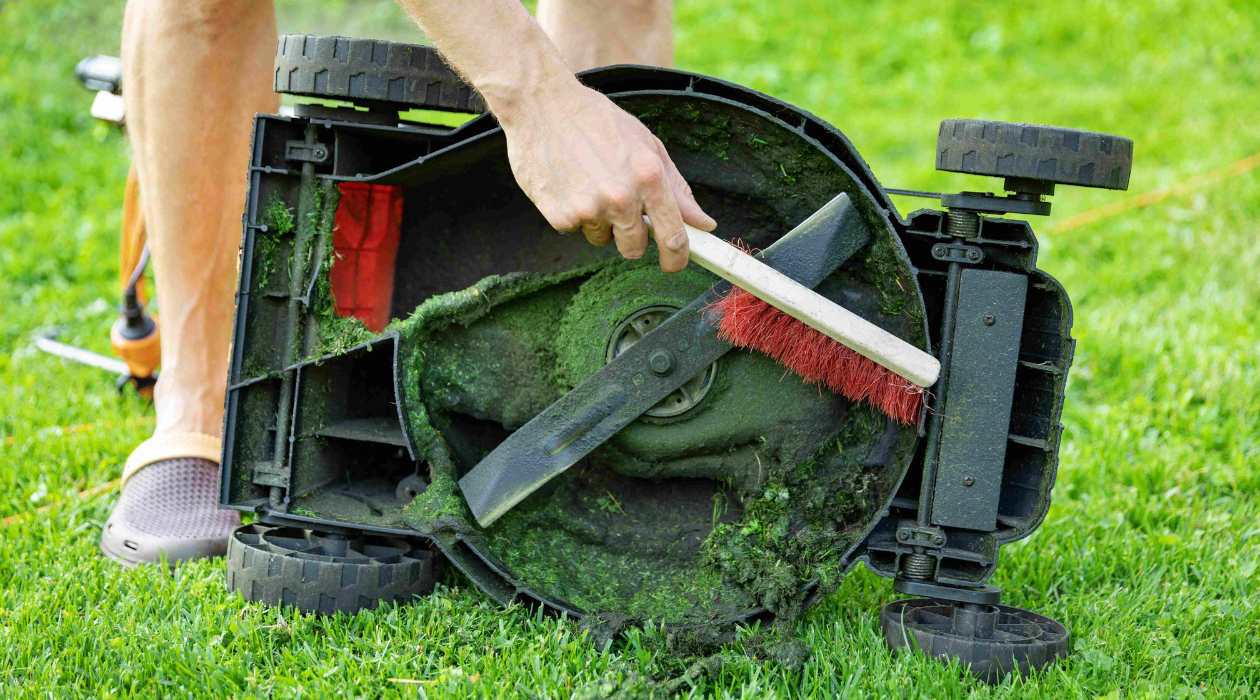
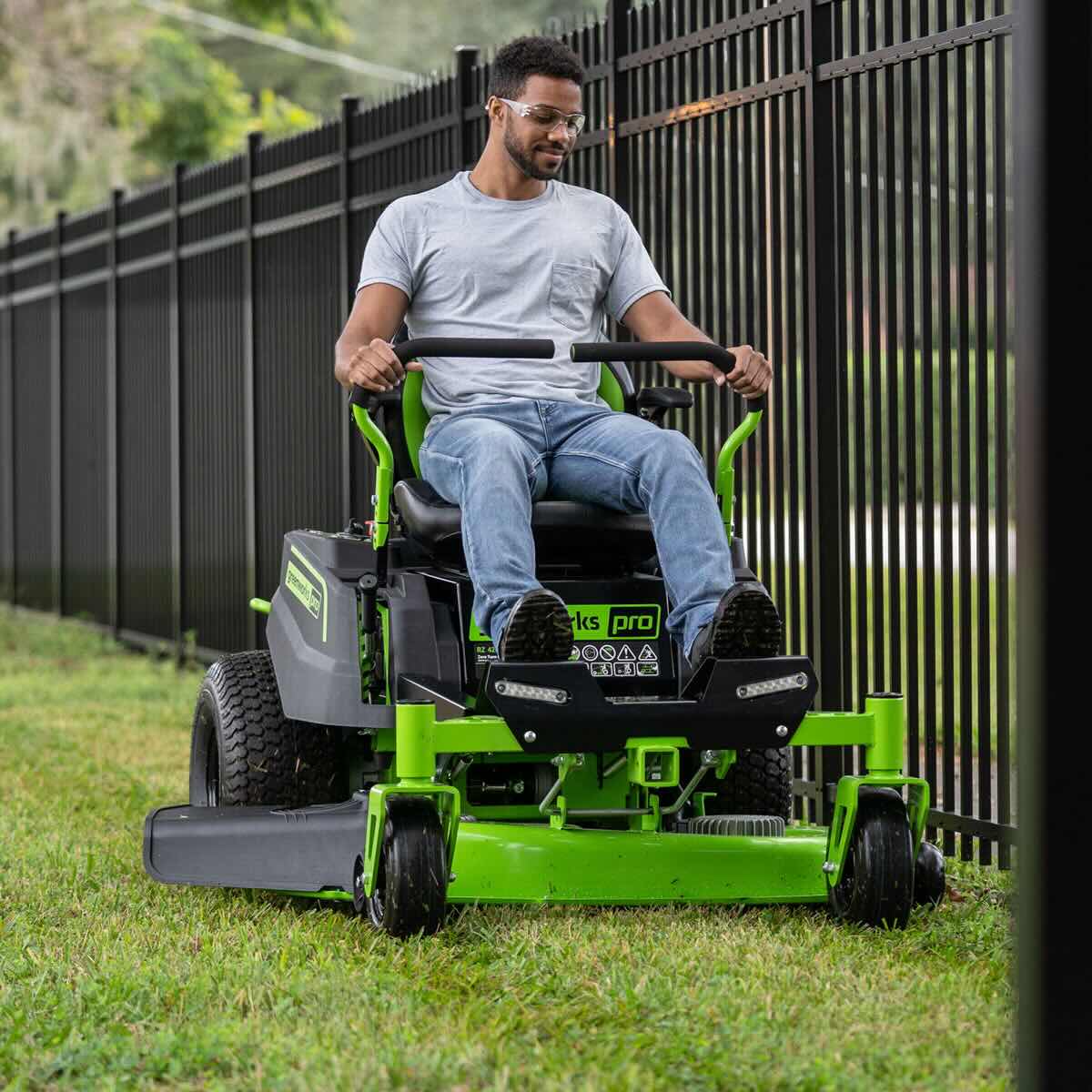
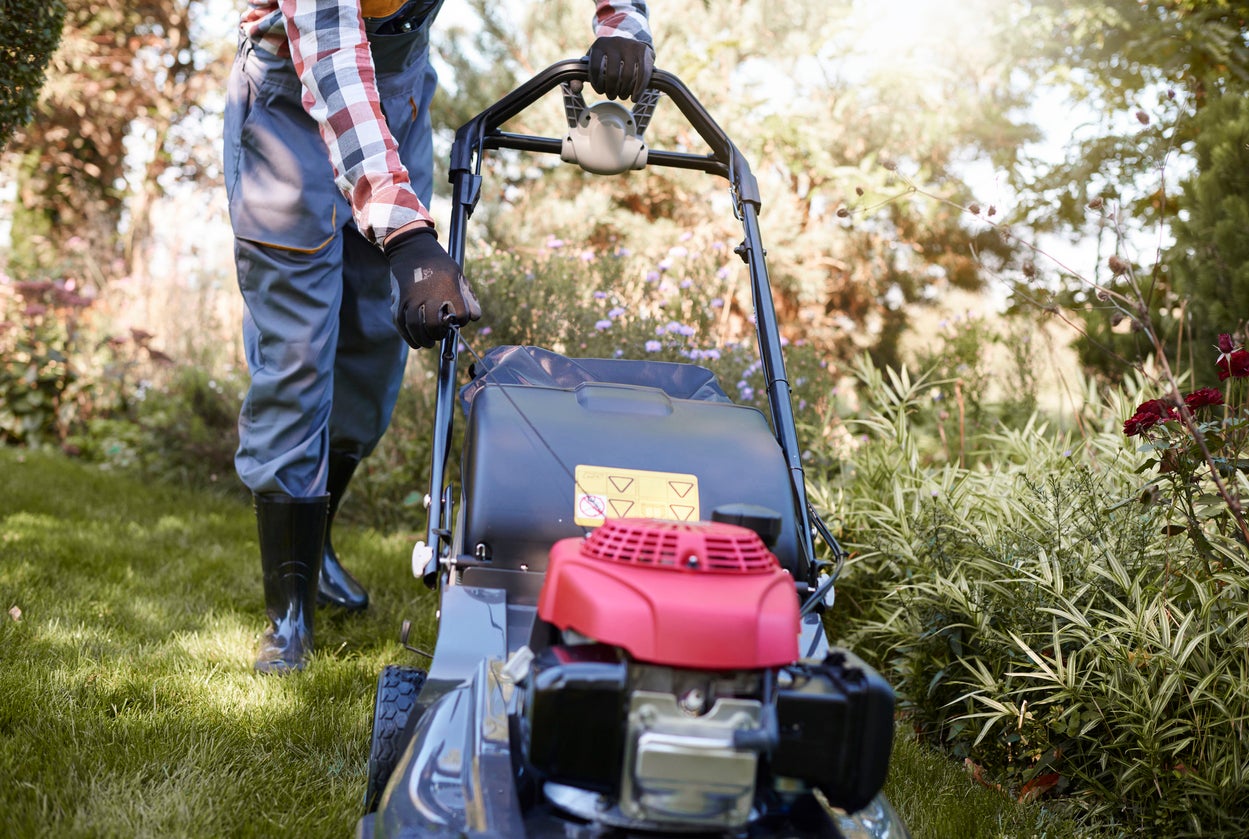
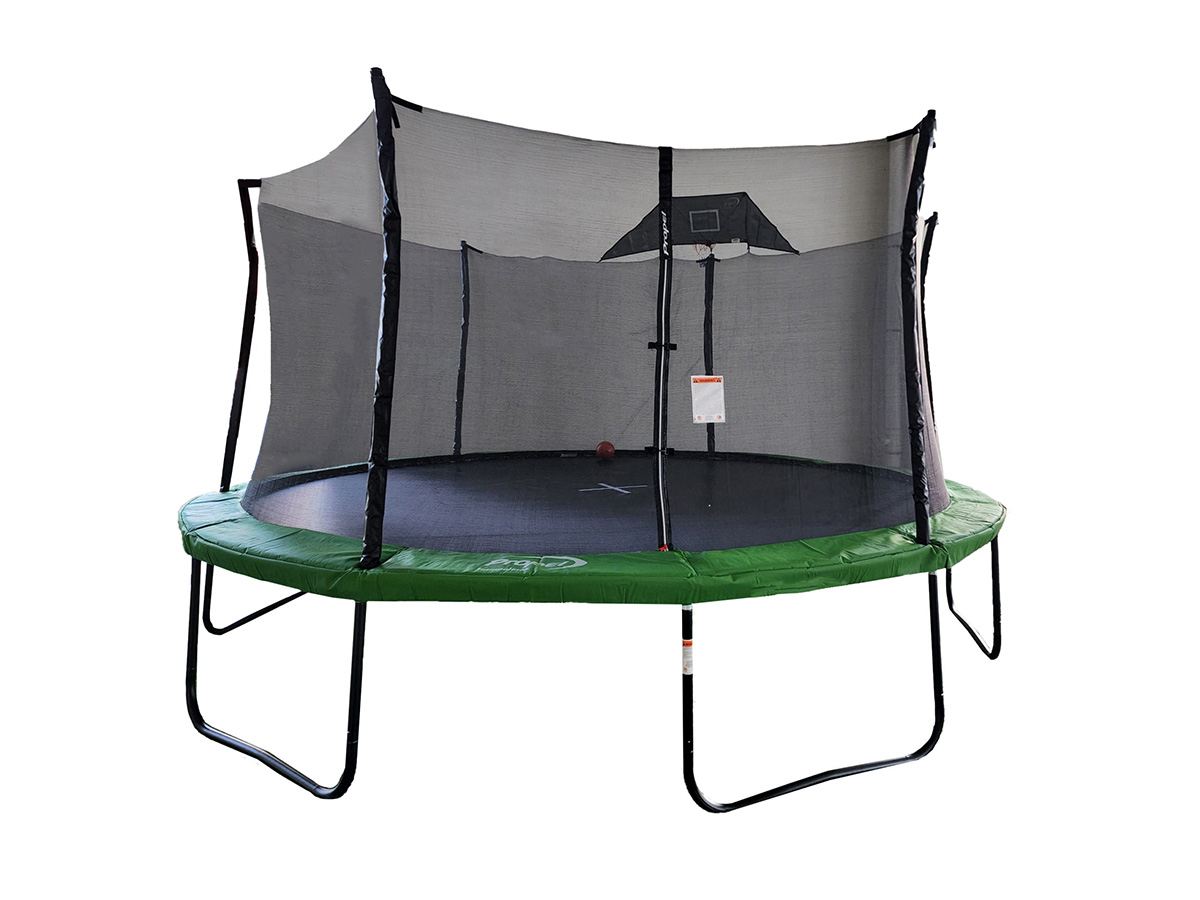
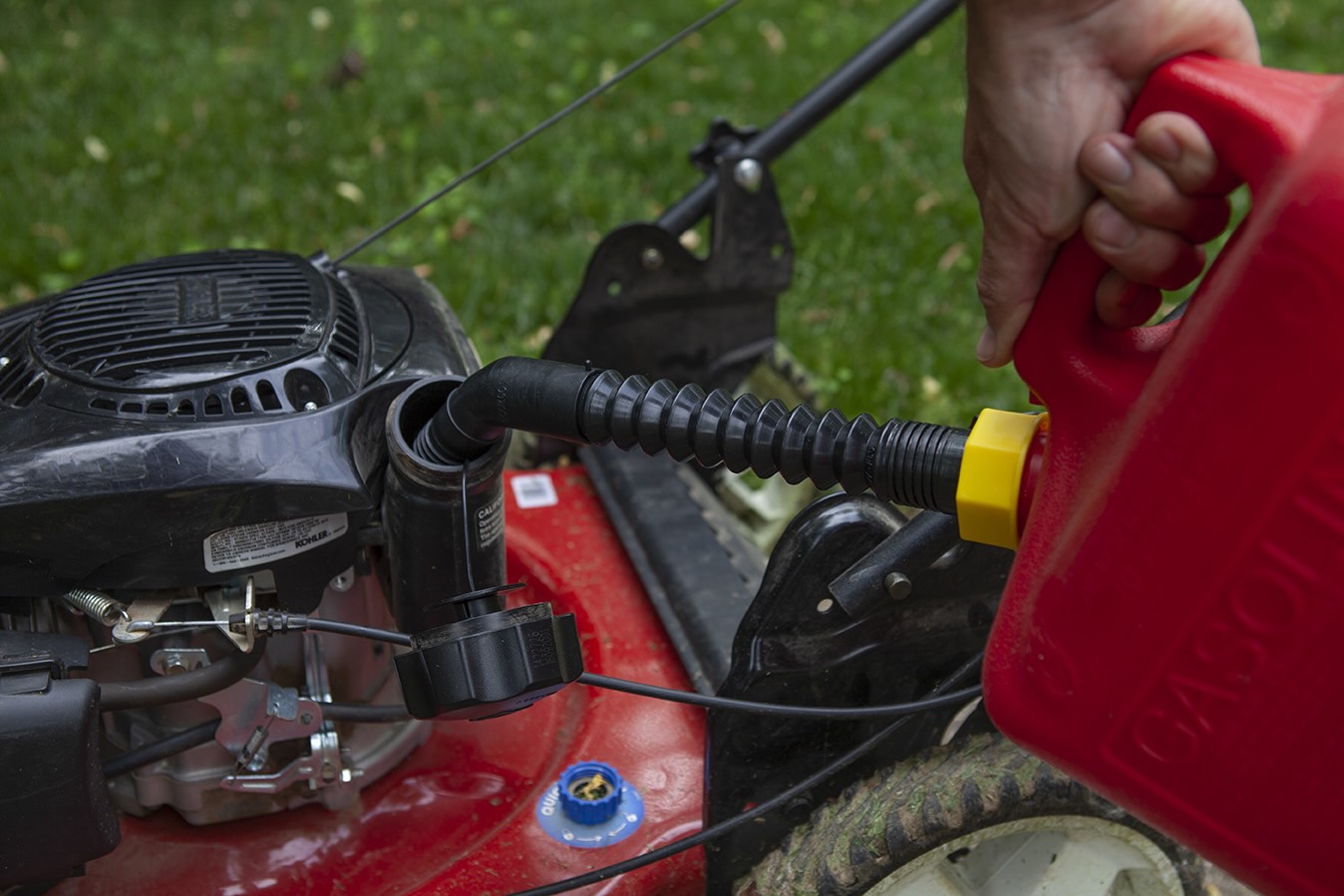

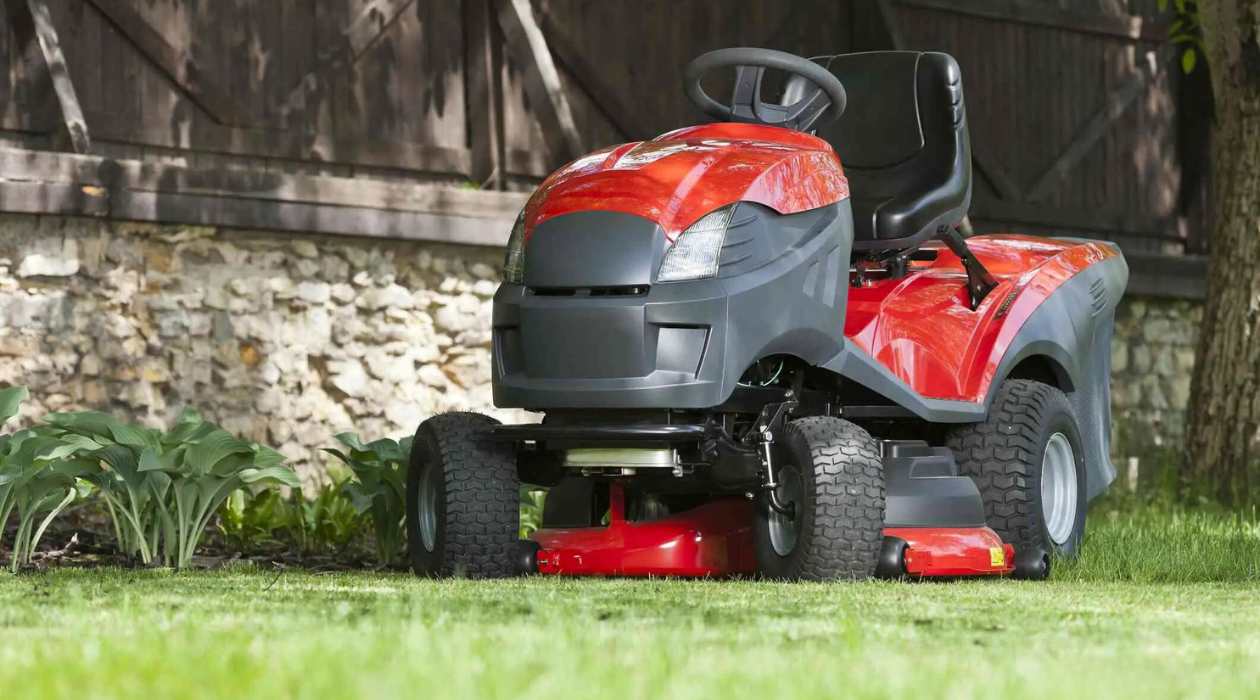
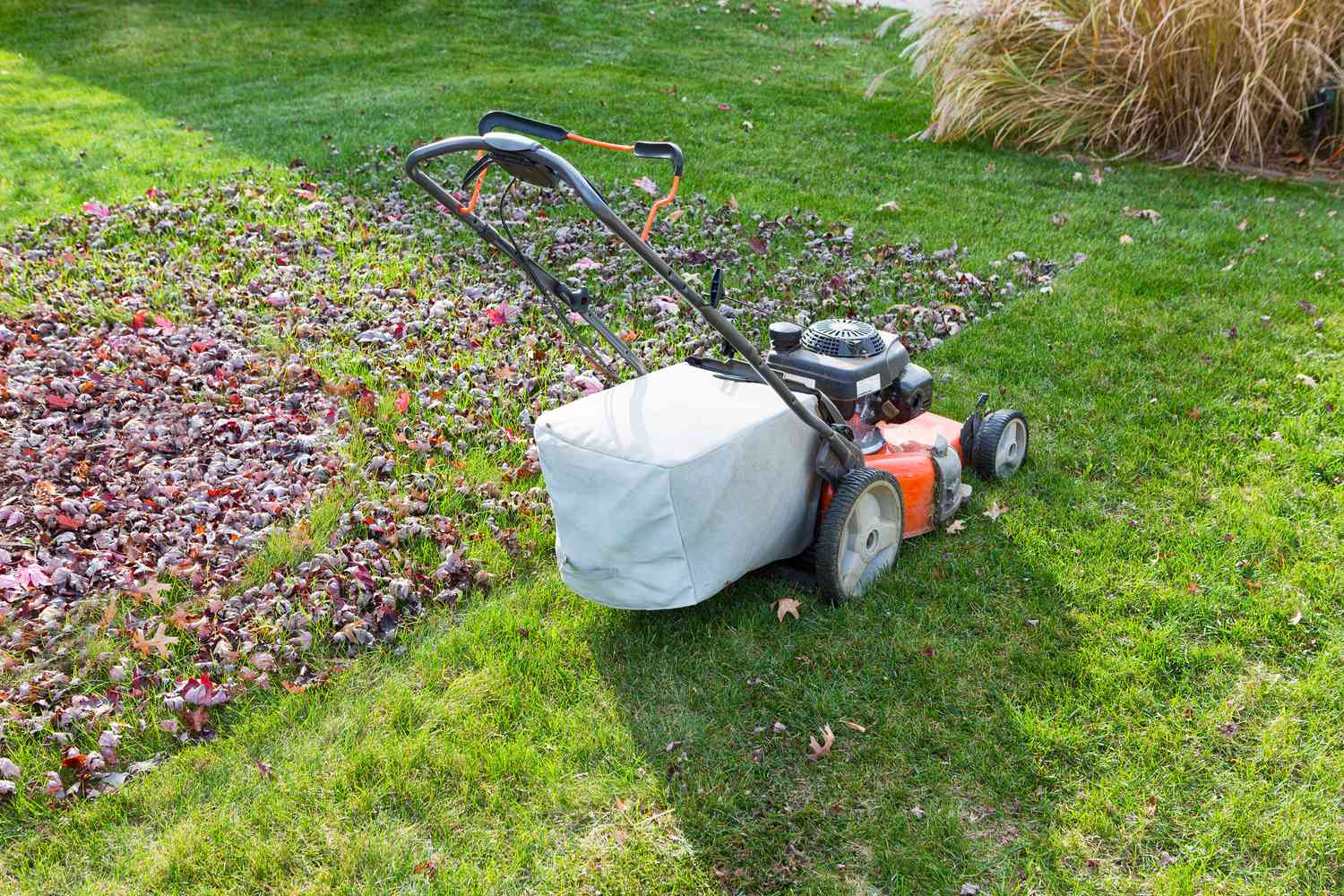
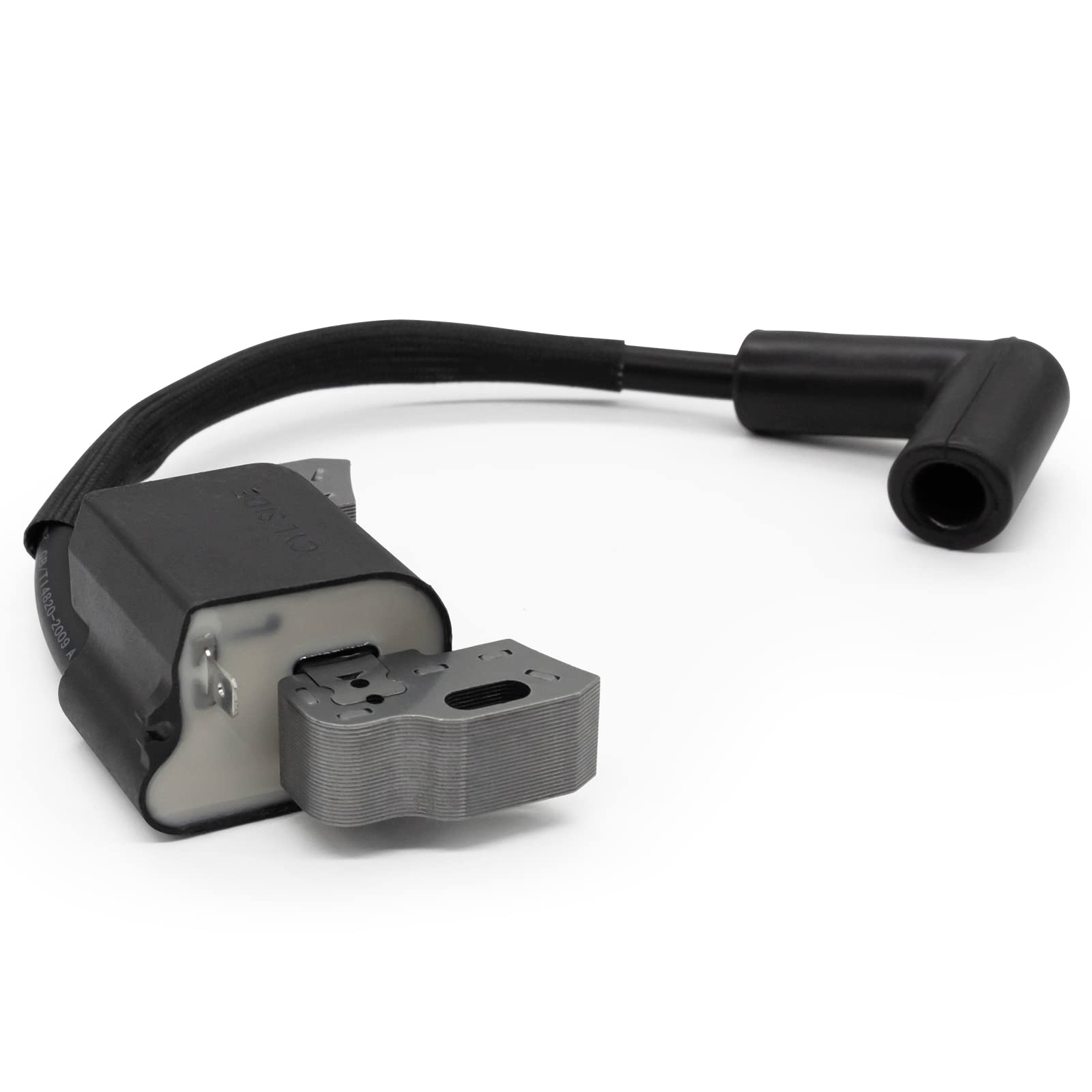
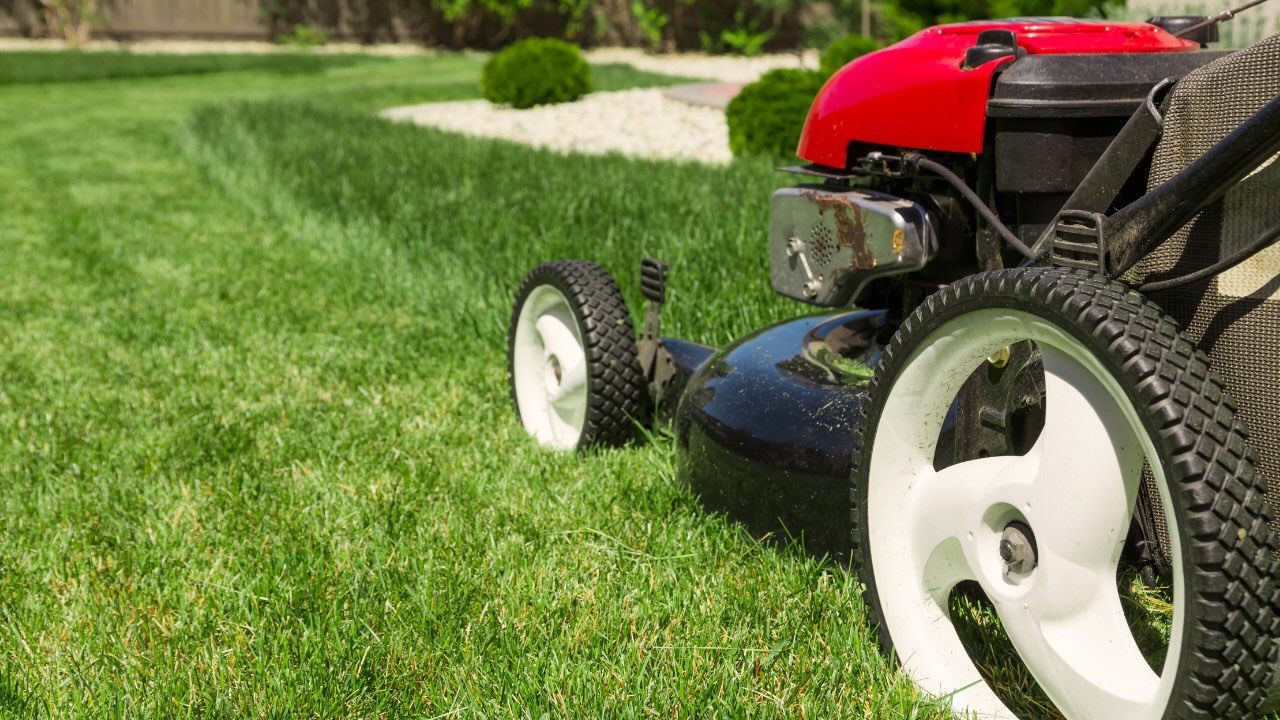


0 thoughts on “What Is A Self-Propelled Lawnmower”